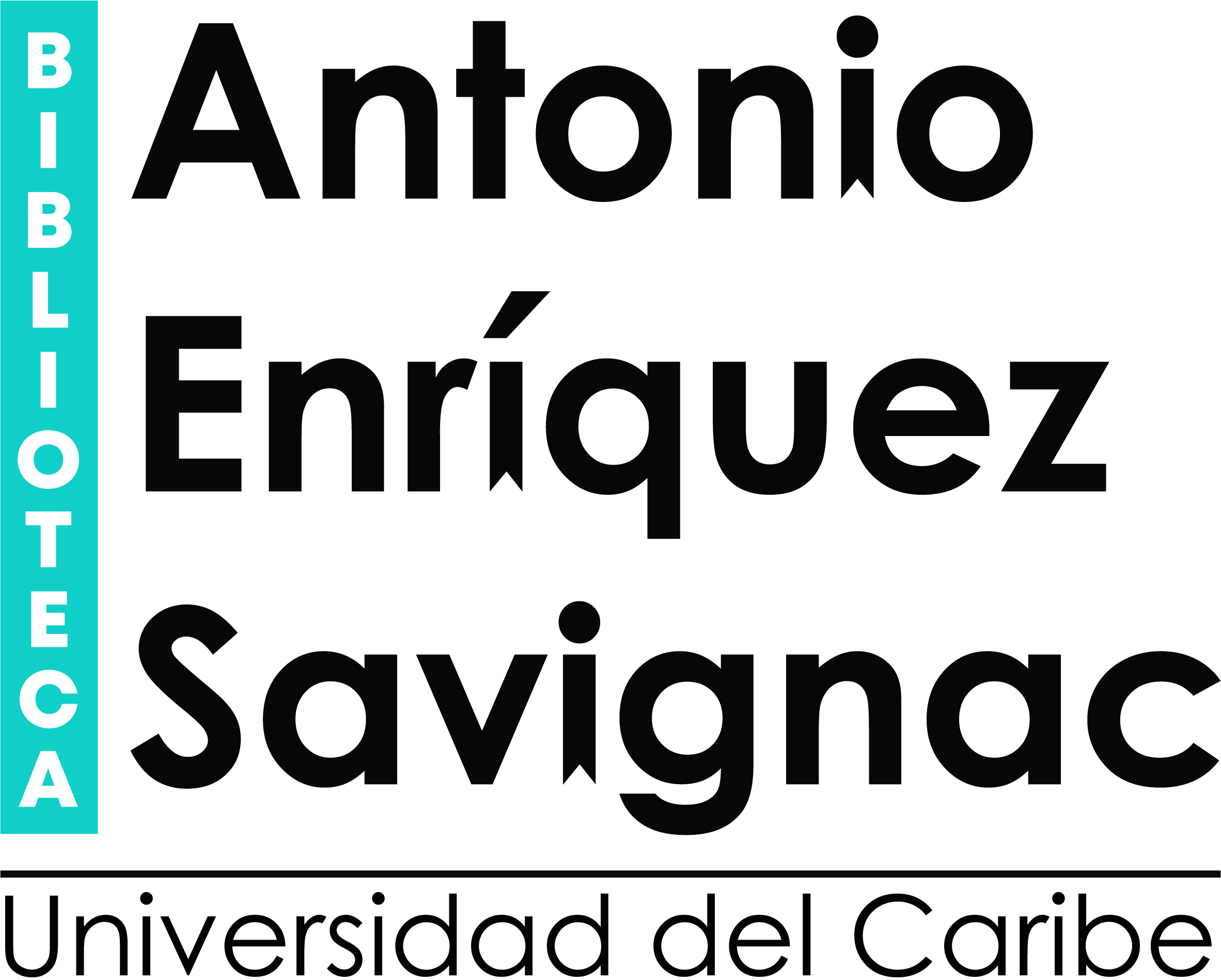Incidents of travel in central America, Chiapas and Yucatan / John L. Stephens
Material type: TextLanguage: English Publisher: New York: Distributor: Dover, Copyright date: ©1969Edition: 1ª ediciónDescription: 2 volúmenes: ilustraciones; 21 x 14 cmContent type:
TextLanguage: English Publisher: New York: Distributor: Dover, Copyright date: ©1969Edition: 1ª ediciónDescription: 2 volúmenes: ilustraciones; 21 x 14 cmContent type: - texto
- sin medio
- volumen
- 9780486224046
- 48622404X
- 486224058
- F1432 S883 1969
| Item type | Current library | Home library | Collection | Call number | Copy number | Status | Notes | Date due | Barcode | Item holds | |
|---|---|---|---|---|---|---|---|---|---|---|---|
|
|
Biblioteca Antonio Enriquez Savignac | Biblioteca Antonio Enriquez Savignac | Colección General | F1432 S883 1969 (Browse shelf(Opens below)) | Vol.1 Ejem.3 | Catalogación | Biblioteca | 043451 | |||
 Libros para consulta en sala
Libros para consulta en sala
|
Biblioteca Antonio Enriquez Savignac | Biblioteca Antonio Enriquez Savignac | COLECCIÓN RESERVA | F1432 S883 1969 (Browse shelf(Opens below)) | Vol.1 Ejem.1 | Catalogación (Préstamo interno) | Biblioteca | 043447 | |||
|
|
Biblioteca Antonio Enriquez Savignac | Biblioteca Antonio Enriquez Savignac | Colección General | F1432 S883 1969 (Browse shelf(Opens below)) | Vol.1 Ejem.2 | Catalogación | Biblioteca | 043448 | |||
 Libros para consulta en sala
Libros para consulta en sala
|
Biblioteca Antonio Enriquez Savignac | Biblioteca Antonio Enriquez Savignac | COLECCIÓN RESERVA | F1432 S883 1969 (Browse shelf(Opens below)) | Vol.2 Ejem.1 | Catalogación (Préstamo interno) | Biblioteca | 043449 | |||
|
|
Biblioteca Antonio Enriquez Savignac | Biblioteca Antonio Enriquez Savignac | Colección General | F1432 S883 1969 (Browse shelf(Opens below)) | Vol.2 Ejem.2 | Catalogación | Biblioteca | 043450 |
Browsing Biblioteca Antonio Enriquez Savignac shelves, Collection: Colección General Close shelf browser (Hides shelf browser)
| F 1414 W7761 2006 Americas : the changing face of Latin America and the Caribbean / | F 1418 P29 El remolino : la política exterior de Estados Unidos hacia América Latina y el Caribe / | F1432 S883 1969 Incidents of travel in central America, Chiapas and Yucatan | F1432 S883 1969 Incidents of travel in central America, Chiapas and Yucatan | F1432 S883 1969 Incidents of travel in central America, Chiapas and Yucatan | F 1435 S777 La civilización maya / | F 1435 .3.W75 K72 Compendio Xcaret de la escritura jeroglífica maya / |
Few explorers have had the experience of uncovering a civilization almost entirely unknown to the world. But Stephen's two expeditions to Mexico and Central America in 1839 and 1841 yielded the first solid information on the culture of the Maya Indians. In this work, and in his other masterpiece Incidents of Travel in Yucatan, he tells the story of his travels to some 50 ruined Mayan cities.
In this book, he describes the excitement of exploring the magnificent ruined cities of Copan and Palenque, and his briefer excursions to Quirigua, Patinamit, Utatlan, Gueguetenango, Ocosingo, and Uxmal. For all these cities, his details are so accurate that more recent explorers used the book as a Baedeker to locate ruins forgotten by even the Indians.
In addition to being a great book on archaeological discovery, Stephen's work is also a great travel book. Telling of journeying by mule back on narrow paths over unimaginable deep ravines, through sloughs of mud and jungles of heavy vegetation, describing dangers of robbery, revolution, fever, mosquitoes and more exotic insects, Stephen's narrative remains penetrating and alive. His account of his attempt to buy Copan for $50 is told with the adroitness of a Mark Twain, and his descriptions of Indian life — primitive villages a few miles from the ruins, burials, treatment of the sick, customs, amusements, etc. — never lose their interest.
Frederick Catherwood's illustrations virtually double the appeal of the book. Highly exact, remarkably realistic drawings show overall views, ground plans of the cities, elevations of palaces and temples, free-standing sculpture, carved hieroglyphics, stucco bas-reliefs, small clay figures, and interior details.
Pocos exploradores han tenido la experiencia de descubrir una civilización casi totalmente desconocida para el mundo. Pero las dos expediciones de Stephen a México y América Central en 1839 y 1841 proporcionaron la primera información sólida sobre la cultura de los indios mayas. En esta obra, y en su otra obra maestra Incidentes de viaje en Yucatán, cuenta la historia de sus viajes a unas 50 ciudades mayas en ruinas.
En este libro, describe la emoción de explorar las magníficas ciudades en ruinas de Copán y Palenque, y sus excursiones más breves a Quiriguá, Patinamit, Utatlán, Gueguetenango, Ocosingo y Uxmal. Para todas estas ciudades, sus detalles son tan precisos que los exploradores más recientes utilizaron el libro como un Baedeker para localizar ruinas olvidadas incluso por los indios.
Además de ser un gran libro sobre descubrimientos arqueológicos, la obra de Stephen es también un gran libro de viajes. El relato de Stephen, que narra sus viajes en mula por estrechos senderos a través de barrancos profundos e inimaginables, a través de pantanos de barro y selvas de espesa vegetación, y describe peligros de robo, revolución, fiebre, mosquitos e insectos más exóticos, sigue siendo penetrante y vivo. Su relato de su intento de comprar Copán por 50 dólares está narrado con la destreza de un Mark Twain, y sus descripciones de la vida indígena (pueblos primitivos a pocos kilómetros de las ruinas, entierros, tratamiento de los enfermos, costumbres, diversiones, etc.) nunca pierden su interés.
Las ilustraciones de Frederick Catherwood prácticamente duplican el atractivo del libro. Dibujos sumamente exactos y notablemente realistas muestran vistas generales, planos de las ciudades, elevaciones de palacios y templos, esculturas exentas, jeroglíficos tallados, bajorrelieves de estuco, pequeñas figuras de arcilla y detalles interiores.

